DUNKI: THE PERILOUS PATH TO EUROPE
- 30 Mar - 05 Apr, 2024
Puppetry is a variation of theatre and storytelling and is considered one of the ancient forms of expressions. MAG explores the possible reasons behind the downfall of one of the oldest art forms mankind has ever experienced
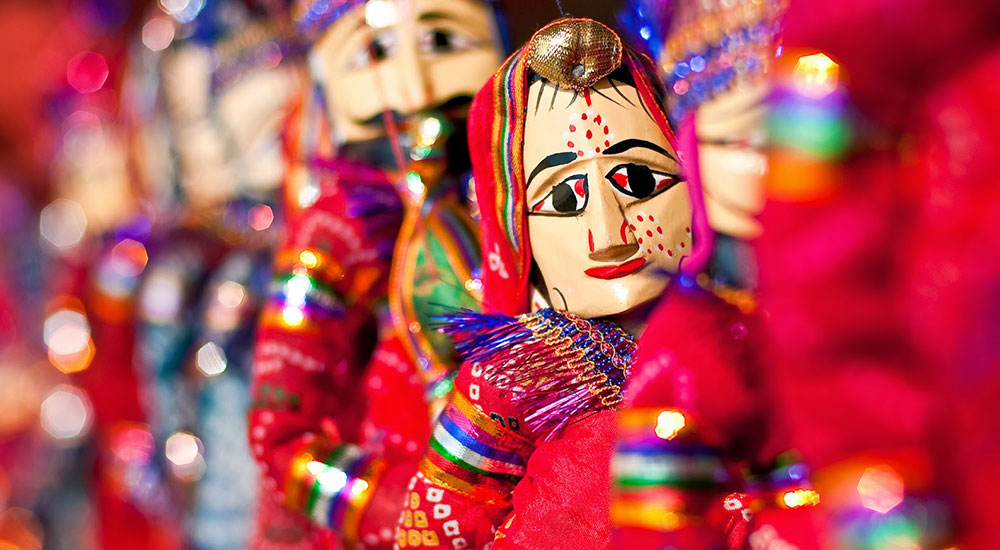
After having cut her birthday cake, a starry eyed Iman sat with her friends in front of what was like a mini theatre stage. The seven-year-old couldn’t wait for the most interesting aspect of her birthday party – the puppet show. She had asked her parents to especially arrange a puppet performance for her big day. The show began and children were in fits after they were entertained with a lively show, possibly the best thing about the evening.
It is on rather rare occasions where one may find a puppet troupe perform at a birthday party nowadays, for parents now prefer setting up costly food stalls, jumping castles and music to keep their children entertained.
Growing up, the scribe had the opportunity to watch many such performances where talented puppeteers would make children laugh, cry and ponder about important issues, all using the art they were skilled at. One also recalls watching Sesame Street and later its local variation Sim Sim Hamara, which was a much recent addition to the appearances of puppets on national television. However, puppetry has gradually slid away from TV. Nevertheless, one still cannot say that the art has vanished completely from the creative circles, for there are dedicated individuals and puppet companies working towards keeping this extraordinary form of performance art alive in all its glory. MAG takes you on a journey of puppetry through time and how the art still manages to blossom in Pakistan. Hop on!
Puppetry, a variation of theatre and storytelling, is traced back as one of the ancient forms of expression; where a drama unravels as it is being acted out by human-like objects, deftly manipulated by a human – referred to as a puppeteer. In common practice, the puppeteer is not visible to its audience; in fact, it is his puppet that keeps the spectators engaged throughout the performance. Around the world, it was a huge impact of cultural variations that developed this form of performance art autonomously. Across continents, the art is still carried on using conventional methods; however, with the advent of contemporary techniques, it has transcended borders and every region has adapted the modern ways of puppetry. The art form, apparently, dates back to more than 4,000 year a ago, for it has its roots in ancient cultures. To have initially originated in Egypt, the earliest performances in puppetry were done using clay and ivory figurines, which were believed to have been discovered from tombs, as the presence of puppets were found being mentioned in scripts dating 422 B.C.E. Both, Plato and Aristotle had also referenced the art form back in the ancient Greek times.
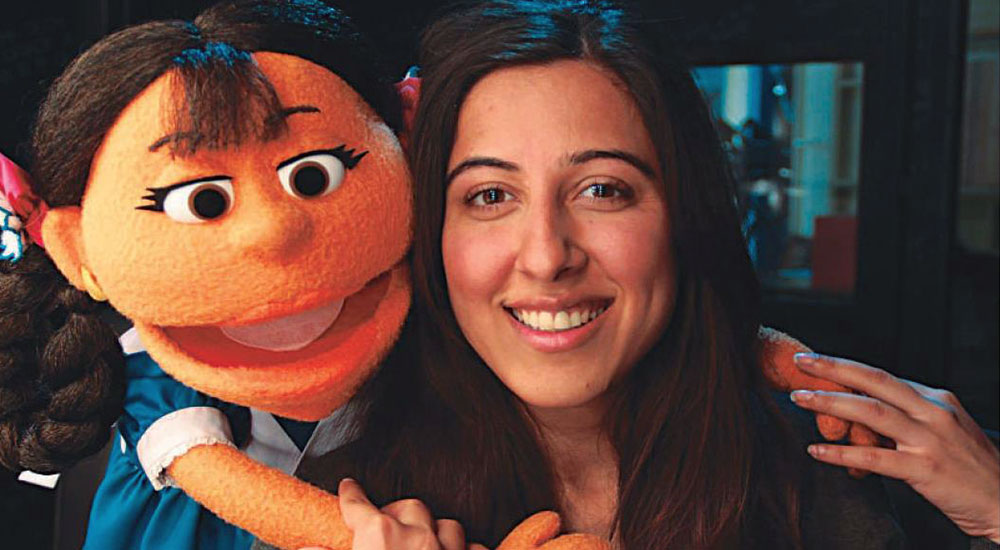
In regions around the world, several types of folk puppetry developed and are practiced till date. Be it the shadow puppets in Indonesia or the water puppetry in Vietnam or the Rajhastani Kathputlis in India, folk puppeteers have stood out in every region. The Japanese practiced the immensely sophisticated tradition which originated from their religious rites in the Shinto temples, while in the pre-Columbian Native America, locals would use ceremonial puppets. The use of marionettes began during the production plays arranged by the Church in medieval Italy, as well as the evolution of the grand comedic puppet tradition of commedia dell’arte took place amidst the Church’s censorship era. Even William Shakespeare’s plays were at times performed using puppets, rather than actors, while the practice of Punch and Judy shows in Britain and its German variation by Kasperle and Grete, originated from commedia dell’arte.
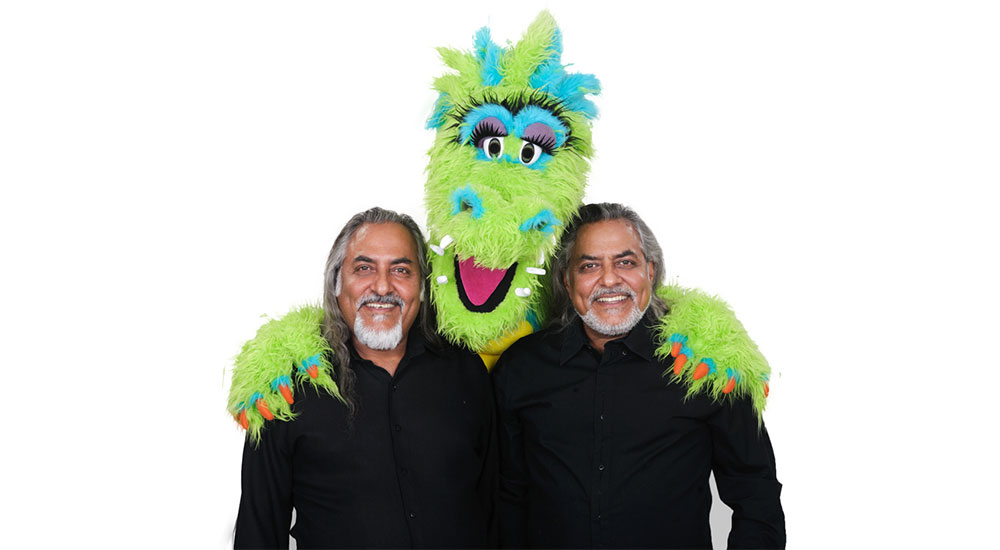
Before partition, several parts of United India saw puppetry’s existence for centuries. Numerous nomadic performers hailed from Punjab, Rajasthan and the southern region adjacent to Gujarat where string puppetry, popularly known as putli tamasha, was practiced among families of puppeteers, where some would manipulate the puppets and others imitated the characters’ voices, some were asked to deliver story narrations and the rest would be responsible for music, singing and sound effects, while children would usually assist with manipulation. These puppeteers were easily spotted among a sea of locals, for their brightly coloured clothes and props would make them stand out in the crowd. They would perform during religious festivals, celebrations during weddings, harvesting and fun fairs. These puppet performances had their roots from Rajasthan in India to Persia, as well. Audiences form both, rural and urban areas would pay to watch these performances in their respective towns.
During the government of Zulfikar Ali Bhutto, Pakistan seemed rather interested in economic development, eventually sidelining the traditional art and crafts. This step also affected puppetry and it is said that the art was at the brink of extinction, as the lack of interest disheartened puppeteers with no support, whatsoever.
However, the art found support again in the Pakistan Arts Council under the leadership of revolutionary poet, Faiz Ahmed Faiz, who kick-started glove puppet shows at the Alhamra Theatre in Lahore and kept children entertained. Work began with European fairy tales and later, scripts in Urdu were also penned by writers, including Faiz himself. Puppeteers from Czech Republic also flew down to Pakistan and trained young, aspiring puppeteers for TV, as well as theatre. Lahore’s National College of Arts also had a puppet society and the Pakistan National Council of Arts (PNCA) also played its role in flourishing the art under Shahid Toosi’s direction. A huge credit of promoting and sustaining this eccentric art form in Pakistan must also be given to the Rafi Peer Theatre Workshop (RPTW), established by the Peerzada family.
The RPTW has been actively involved with puppet workshops for children and young adults across Pakistan through performances in schools and festivals. Members of the popular Peerzada family, particularly brothers Faizan and Sadaan Peerzada – sons of the great performer and artsite, Rafi Peerzada, had been actively involved in the dissemination of puppetry in the country along with their brother, writer/musician Imran Peerzada. The workshop was initially founded in Karachi, but due to poor law and order situation, it was later shifted to Lahore and officially started functioning in 1980. They later established the Museum of Puppetry in 2004, which showcases approximately 650 puppets – in all shapes, sizes and materials – from around the world. Making efforts to encourage puppetry in Pakistan and supporting folk puppet artiste were the aims this family stood by. After the demise of Faizaan, it was Sadaan who took over the reins of the museum and theatre workshop, to keep it going with the same zeal. His daughters Yamina and Aleena have also taken it upon themselves to flourish the art form.
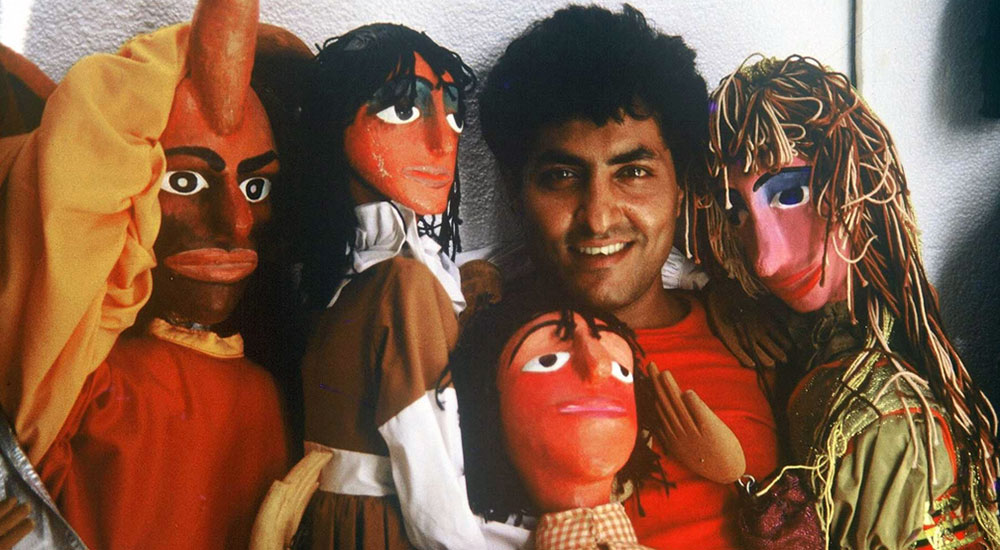
This year alone, Yamina has conducted puppet-making workshops at the Women of the World Festival in Karachi and will also be representing Pakistan, while collaborating with a Scottish artiste at Women of the World Festival in Perth, where she will be conducting a puppet-making workshop for women and children.
Yamina, who is also an actor, states, “We’ve been using puppetry as a tool for education and social awareness since the 70s, since RPTW has worked extensively in Pakistan’s rural areas by staging productions that have highlighted everything from language, literacy, joyful learning, health, hygiene and drug abuse.”
Talking about the decline in interest toward puppetry, Sadaan said, “This is due to lack of government support; there are no grants and it takes a lot of effort and support to expand the art. Through its sustainable side, one can train a lot of people and give it more projection. It’s very important that the government plays a crucial role, especially the arts councils. There are no puppeteers, no groups, no TV shows running anymore. There were once around 200 folk puppetry groups around seven years ago, whereas now, they are only 30 left – which are still reducing in number. These poor puppeteers are now selling eggs and cattle. It’s an amazing art form which is going to waste.”
At a time when not many aspire to become puppeteers, Sadaan speaks about the prospect of one earning a decent income through the art, only if they are willing to give their all to the it. “First, you learn the art, you learn how to make the puppet and create a set, and then start your own show or join a different company where you can perform. There are a lot of opportunities that you can create on your own,” he said and added that not many are willing to learn but want to earn a hefty sum, “Everybody wants to follow a short cut and not know the art form. When you are a puppeteer, you have to perform and bring new ideas and travel, as there’s a huge audience waiting. One can easily survive if they are a puppeteer, but the learning process is very important.”
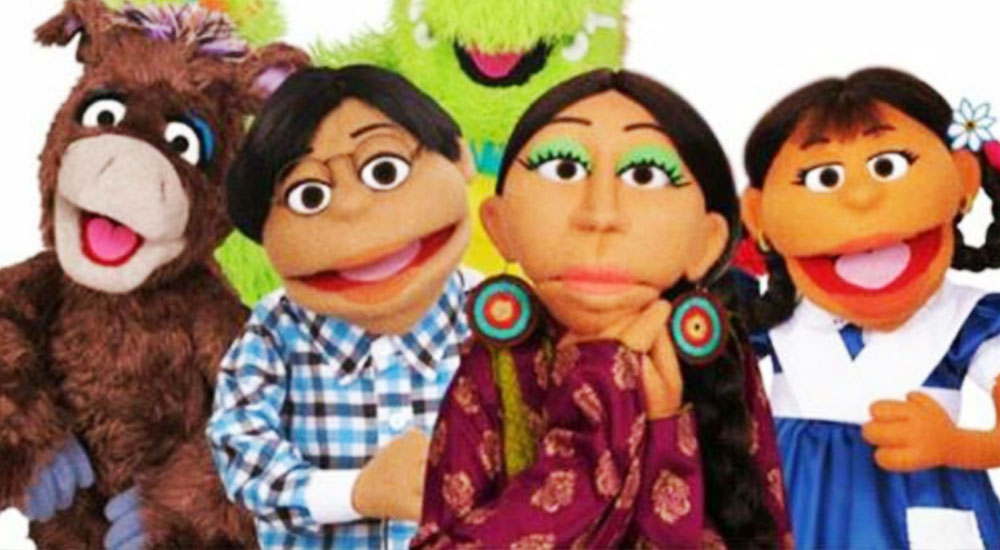
But how different is puppetry for Yamina than it was for her father and uncle? “The art of puppetry in itself doesn’t really change. However, the style of storytelling can and does change, and evolve. My father and uncle primarily manipulated traditional rod puppets, glove puppets and muppets. However, later my uncle did a few productions in contemporary Bunraku which is what I am mainly trained in. I manipulate muppets, contemporary bunraku style puppets also known as table top puppets, and body puppets – which you basically wear. In the latter two styles, puppeteers can be seen on stage, so it’s like an actor and puppeteer, and this is my favourite style, since I am also an actor,” says the talented artiste.
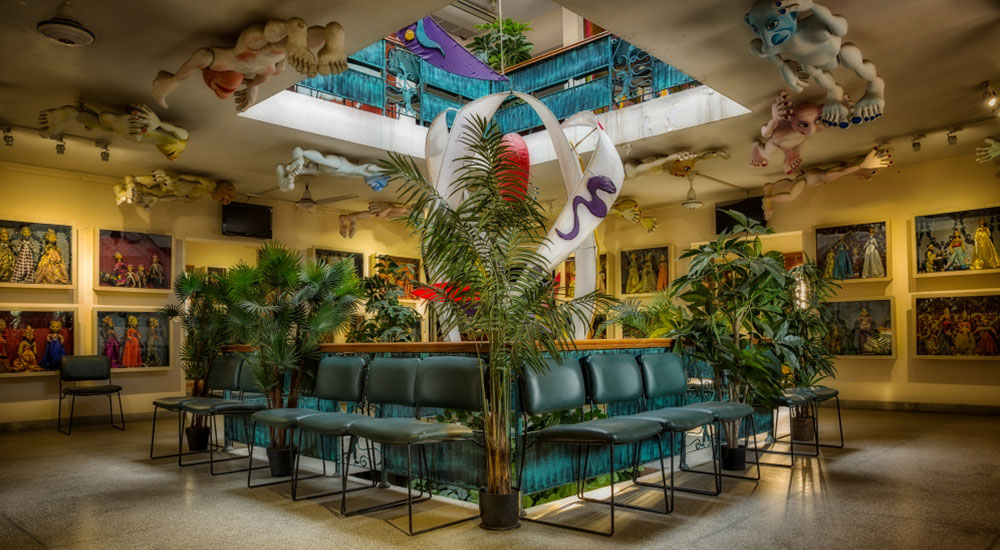
Yamina has been a puppeteer and a theatre actor since childhood. She performed in many international puppet festivals with the RPTW, before she went for her masters at Central in Acting for Screen. She wasn’t attracted to puppetry later, but continued performing along with acting for television after her graduation. “My love for puppetry has been there since forever; I also design, create and paint puppets. Sometimes, I feel puppets can say even more than actors, as we believe them in whatever situation they are put in. They don’t always need a set or props or even dialogues. Puppets can fly, swim, create magic all at once, and we believe them; that is what has always attracted me about them,” she speaks about her family-loved tradition of dealing with marionettes.
Speaking of her most memorable performances till date, Yamina says, “There are a few. But the most memorable performance as a whole has to be the one in Ravello in Italy, when we performed The Simple People, a story about humanity and how each of us are essentially the same and one. The stage was on a height overlooking the whole Amalfi coast and at night, you could see the whole city lit up. When the performance finished, my uncle Faizaan, who was lighting the show, was crying, as he was so moved by it,”she said and added, ”Another one has to be The Border – a theatre play with puppets – at the April fest which is the largest children’s festival in the world. A lot of people were moved by the border story between the east and west,” the puppeteer concludes. •
COMMENTS